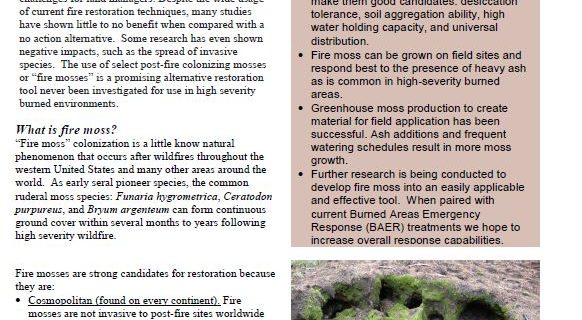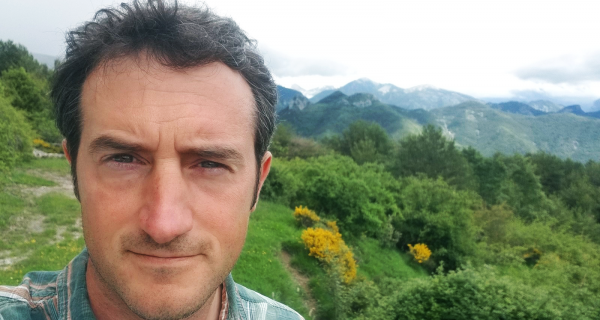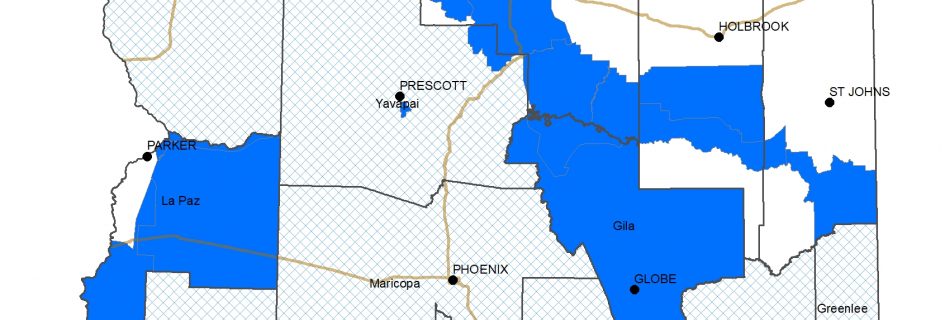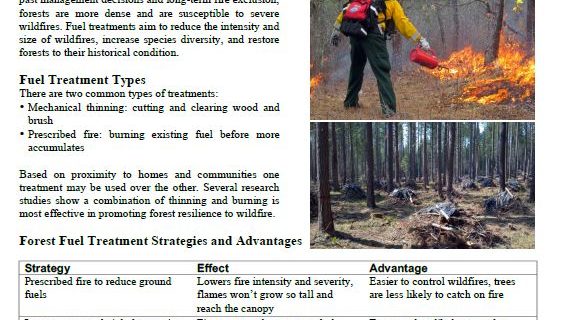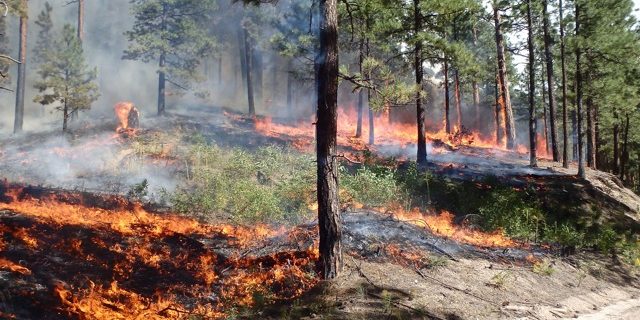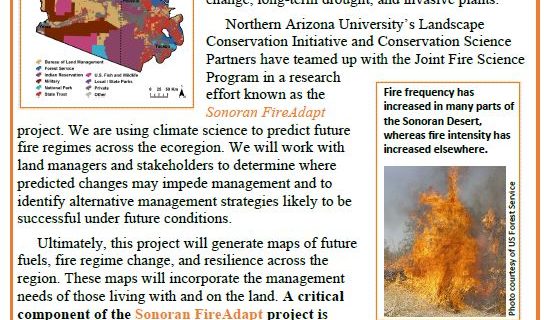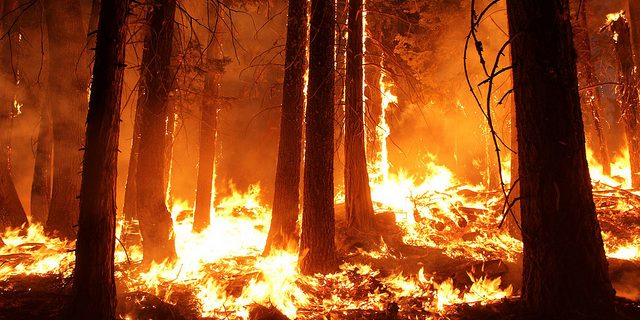Fire moss as a tool for post-wildfire ecosystem restoration
This factsheet is a result of graduate research and has not been peer reviewed beyond graduate committee members. by Chris Ives Increasingly large, frequent, and severe fires across the western United States are creating difficult restoration challenges for land managers. Despite the wide use of current fire restoration techniques, many studies have shown little to …
Read more “Fire moss as a tool for post-wildfire ecosystem restoration”

